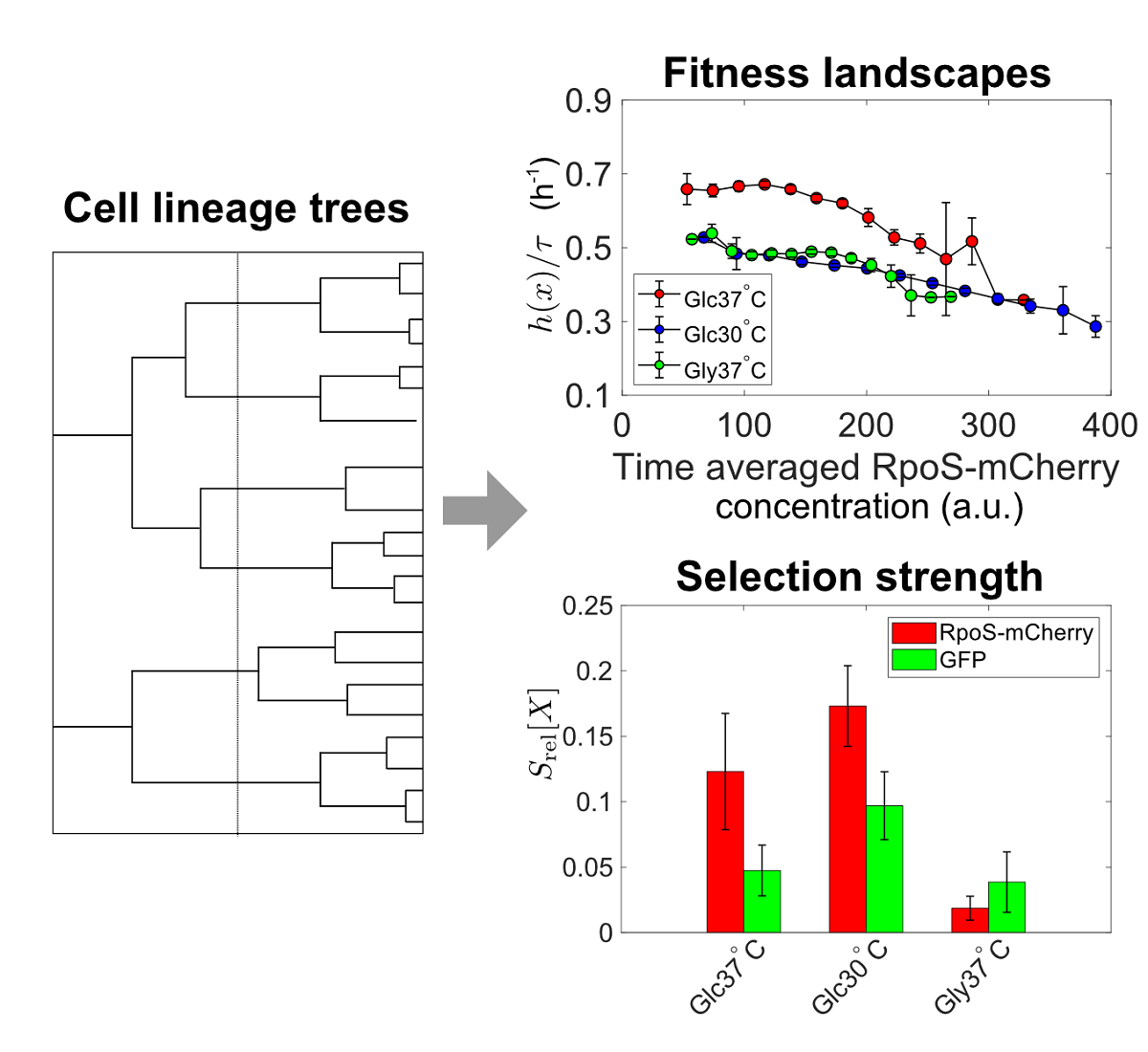- Omicronを含むいくつかのSARS-CoV-2亜型の神経栄養および神経浸潤の証拠がないこと。
Absence of evidence for neurotropism and neuroinvasion of several SARS-CoV-2 variants including Omicron
- 死亡したCOVID-19患者の脆弱な界面におけるSARS-CoV-2の神経侵入に対する解剖学的バリアが可視化された。 Anatomical barriers against SARS-CoV-2 neuroinvasion at vulnerable interfaces visualized in deceased COVID-19 patients
- SARS-CoV-2が呼吸器粘膜と嗅粘膜を攻撃し、嗅球は免れる様子をCOVID-19患者の死体で可視化した。 Visualizing in deceased COVID-19 patients how SARS-CoV-2 attacks the respiratory and olfactory mucosae but spares the olfactory bulb
Omicronを含むいくつかのSARS-CoV-2亜型の神経栄養および神経浸潤の証拠がないこと。 Absence of evidence for neurotropism and neuroinvasion of several SARS-CoV-2 variants including Omicron
2022-12-07 マックス・プランク研究所
SARS-CoV-2感染後、一時的な嗅覚障害から持続的な、場合によっては永久的な嗅覚喪失まで、しばしば無臭症が起こる。鼻粘膜はウイルスの主な侵入部位の一つである。流行初期には、ウイルスが嗅上皮の細胞に感染し、嗅神経にヒッチハイクして、鼻腔からわずか数ミリの距離にある嗅球を経由して脳に感染・侵入するのではないかとの疑いが持たれていた。
医師たちは、死亡した患者から組織サンプルを採取するために、ベッドサイドでの外科手術を開発した。この新しい方法で、彼らは70人のCOVID-19患者のコホートから、呼吸器粘膜、嗅粘膜、脳の前頭葉の組織サンプル、および嗅球全体を、死亡時から1〜2時間以内に採取することができた。このように死後の間隔が異常に短いため、組織試料は分子学的および組織学的研究に非常に適している。
今回、研究チームは、診断後2週間以内に死亡したCOVID-19患者のうち、Delta、Omicron BA.1、BA.2変異体に感染していた45人の第2集団から得た組織サンプルを調査した。彼らはまた、懸念される非変異型またはα変異型に感染した最初のコホートのほとんどのCOVID-19患者の脳の前頭葉の組織サンプルを分析した。
嗅球と前頭葉のサンプルを顕微鏡で観察し、ウイルスの核酸とタンパク質を調べた。すべてのサンプルは陰性で、神経細胞は感染していなかった。さらに、脳脊髄液サンプルからSARS-CoV-2を培養してみても、SARS-CoV-2が脳に侵入した証拠は見つからなかった。
<関連情報>
- https://www.mpg.de/19617184/corona-virus-brain
- https://www.cell.com/neuron/fulltext/S0896-6273(22)01028-5
- https://www.cell.com/cell/fulltext/S0092-8674(21)01282-4
死亡したCOVID-19患者の脆弱な界面におけるSARS-CoV-2の神経侵入に対する解剖学的バリアが可視化された。 Anatomical barriers against SARS-CoV-2 neuroinvasion at vulnerable interfaces visualized in deceased COVID-19 patients
Mona Khan,Marnick Clijsters,Sumin Choi,Wout Backaert,Michiel Claerhout,Floor Couvreur,Laure Van Breda,Florence Bourgeois,Kato Speleman,Sam Klein,Johan Van Laethem,Gill Verstappen,Ayse Sumeyra Dereli,Seung-Jun Yoo,Hai Zhou,Thuc Nguyen Dan Do,Dirk Jochmans,Lies Laenen,Yves Debaveye,Paul De Munter,Jan Gunst,Mark Jorissen,Katrien Lagrou,Philippe Meersseman,Johan Neyts,Dietmar Rudolf Thal,Vedat Topsakal,Christophe Vandenbriele,Joost Wauters,Peter Mombaerts
Neuron Published:November 09, 2022
DOI:https://doi.org/10.1016/j.neuron.2022.11.007

Highlights
•Perineurial olfactory nerve fibroblasts enwrap and protect olfactory axon fascicles
•Virions make it in some cases to the leptomeninges covering the olfactory bulb
•Absence of evidence for neurotropism and neuroinvasion of several SARS-CoV-2 variants
Summary
Can SARS-CoV-2 hitchhike on the olfactory projection and take a direct and short route from the nose into the brain? We reasoned that the neurotropic or neuroinvasive capacity of the virus, if it exists, should be most easily detectable in individuals who died in an acute phase of the infection. Here, we applied a postmortem bedside surgical procedure for the rapid procurement of tissue, blood, and cerebrospinal fluid samples from deceased COVID-19 patients infected with the Delta, Omicron BA.1, or Omicron BA.2 variants. Confocal imaging of sections stained with fluorescence RNAscope and immunohistochemistry afforded the light-microscopic visualization of extracellular SARS-CoV-2 virions in tissues. We failed to find evidence for viral invasion of the parenchyma of the olfactory bulb and the frontal lobe of the brain. Instead, we identified anatomical barriers at vulnerable interfaces, exemplified by perineurial olfactory nerve fibroblasts enwrapping olfactory axon fascicles in the lamina propria of the olfactory mucosa.
SARS-CoV-2が呼吸器粘膜と嗅粘膜を攻撃し、嗅球は免れる様子をCOVID-19患者の死体で可視化した。 Visualizing in deceased COVID-19 patients how SARS-CoV-2 attacks the respiratory and olfactory mucosae but spares the olfactory bulb
Mona Khan,Seung-Jun Yoo,Marnick Clijsters,Wout Backaert,Arno Vanstapel,Kato Speleman,Charlotte Lietaer,Sumin Choi,Tyler D. Hether,Lukas Marcelis,Andrew Nam,Liuliu Pan,Jason W. Reeves,Pauline Van Bulck,Hai Zhou,Marc Bourgeois,Yves Debaveye,Paul De Munter,Jan Gunst,Mark Jorissen,Katrien Lagrou,Natalie Lorent,Arne Neyrinck,Marijke Peetermans,Dietmar Rudolf Thal,Christophe Vandenbriele,Joost Wauters,Peter Mombaerts,Laura Van Gerven
Cell Published:November 02, 2021
DOI:https://doi.org/10.1016/j.cell.2021.10.027

Highlights
•A postmortem bedside surgical procedure was developed for COVID-19 and control patients
•Ciliated cells are the main target cell type for SARS-CoV-2 in the respiratory mucosa
•Sustentacular cells (non-neuronal) are the main target cell type in the olfactory mucosa
•No evidence for infection of olfactory sensory neurons or olfactory bulb parenchyma
Summary
Anosmia, the loss of smell, is a common and often the sole symptom of COVID-19. The onset of the sequence of pathobiological events leading to olfactory dysfunction remains obscure. Here, we have developed a postmortem bedside surgical procedure to harvest endoscopically samples of respiratory and olfactory mucosae and whole olfactory bulbs. Our cohort of 85 cases included COVID-19 patients who died a few days after infection with SARS-CoV-2, enabling us to catch the virus while it was still replicating. We found that sustentacular cells are the major target cell type in the olfactory mucosa. We failed to find evidence for infection of olfactory sensory neurons, and the parenchyma of the olfactory bulb is spared as well. Thus, SARS-CoV-2 does not appear to be a neurotropic virus. We postulate that transient insufficient support from sustentacular cells triggers transient olfactory dysfunction in COVID-19. Olfactory sensory neurons would become affected without getting infected.


